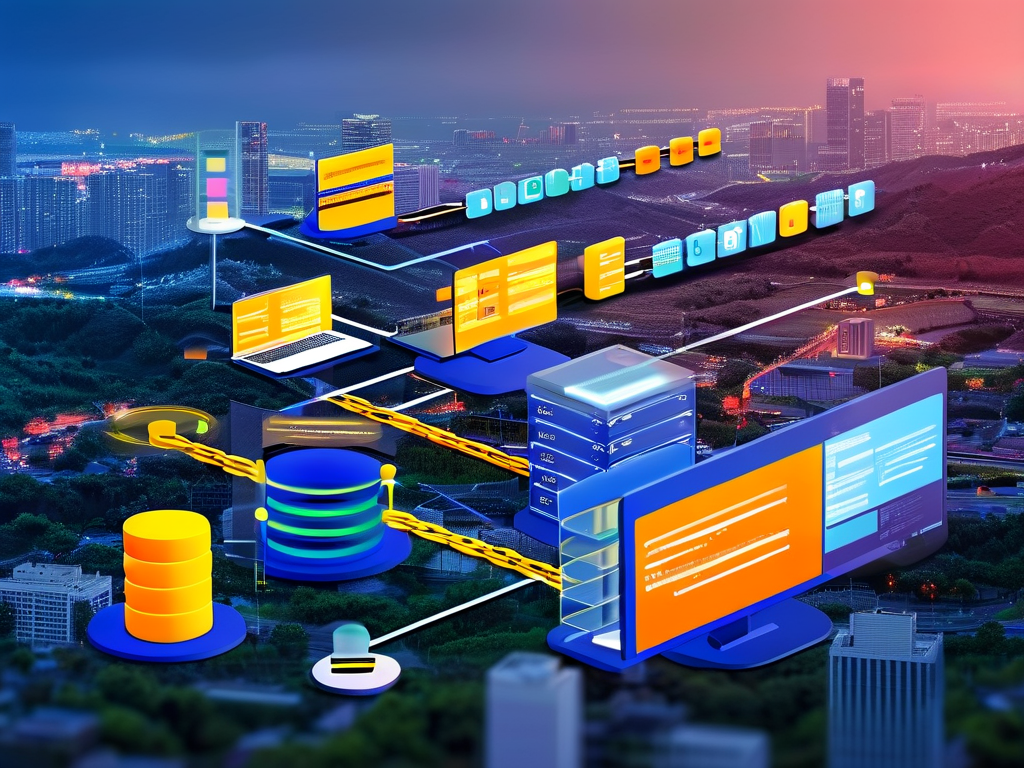In modern network architectures, efficiently managing data flow across multiple links has become critical to ensure seamless connectivity and resource utilization. Link load balancing, a subset of load balancing techniques, plays a pivotal role in distributing traffic dynamically to prevent bottlenecks and enhance performance. This article explores the mechanisms, benefits, and practical implementations of link load balancing in contemporary networks.
The Role of Link Load Balancing
Link load balancing focuses on optimizing traffic distribution across multiple network paths or interfaces. Unlike traditional server-based load balancing, which allocates requests to backend servers, link load balancing operates at the network layer. It ensures that no single link becomes overwhelmed, thereby reducing latency and improving fault tolerance. For instance, in a multi-WAN enterprise setup, this technique can distribute outbound traffic across several internet connections, ensuring consistent uptime even if one link fails.
Core Mechanisms and Algorithms
At the heart of link load balancing are algorithms designed to evaluate and route traffic based on real-time conditions. Common methods include:

- Round Robin: Cycles through available links sequentially, ideal for environments with uniform link capacities.
- Weighted Distribution: Assigns traffic proportionally based on link bandwidth or priority levels.
- Least Connections: Directs new requests to the link with the fewest active sessions, optimizing resource use.
- Latency-Based Routing: Selects the path with the lowest response time, enhancing user experience for latency-sensitive applications.
These algorithms are often combined with health-check protocols to monitor link status. For example, if a link experiences packet loss or high latency, the system automatically reroutes traffic to healthier paths.
Practical Applications
Link load balancing is widely adopted across industries. In cloud computing, providers like AWS and Azure use it to distribute traffic across global data centers, ensuring low-latency access for end-users. Telecommunications companies leverage it to manage cellular traffic across towers, especially during peak hours. Additionally, content delivery networks (CDNs) rely on this technology to serve media files from the closest available edge server, reducing buffering times.
A case study involving a financial services firm illustrates its impact. By implementing link load balancing across dual fiber-optic and LTE backup connections, the company reduced downtime by 92% during ISP outages, while maintaining stable transaction processing speeds.
Challenges and Considerations
While powerful, link load balancing requires careful configuration. Overly aggressive rerouting can cause session persistence issues, disrupting services like VoIP or online gaming. To mitigate this, techniques like "sticky sessions" bind user interactions to specific links temporarily. Additionally, asymmetric routing—where inbound and outbound traffic take different paths—can complicate firewall rules and monitoring.

Security is another concern. Distributing traffic across multiple links expands the attack surface, necessitating robust encryption and intrusion detection systems. Network administrators must also ensure compliance with data sovereignty laws when routing traffic across international links.
Future Trends
Emerging technologies are reshaping link load balancing. Software-Defined Networking (SDN) enables centralized control over traffic policies, allowing dynamic adjustments based on real-time analytics. Meanwhile, AI-driven predictive models are being tested to anticipate traffic spikes and preemptively redistribute loads. The integration of 5G networks further amplifies the need for advanced balancing techniques, as ultra-low-latency applications demand near-instantaneous routing decisions.
In , link load balancing remains indispensable for modern networks. By intelligently distributing traffic, it enhances reliability, scalability, and user satisfaction. As networks grow more complex, continuous innovation in this field will be essential to meet evolving demands.









